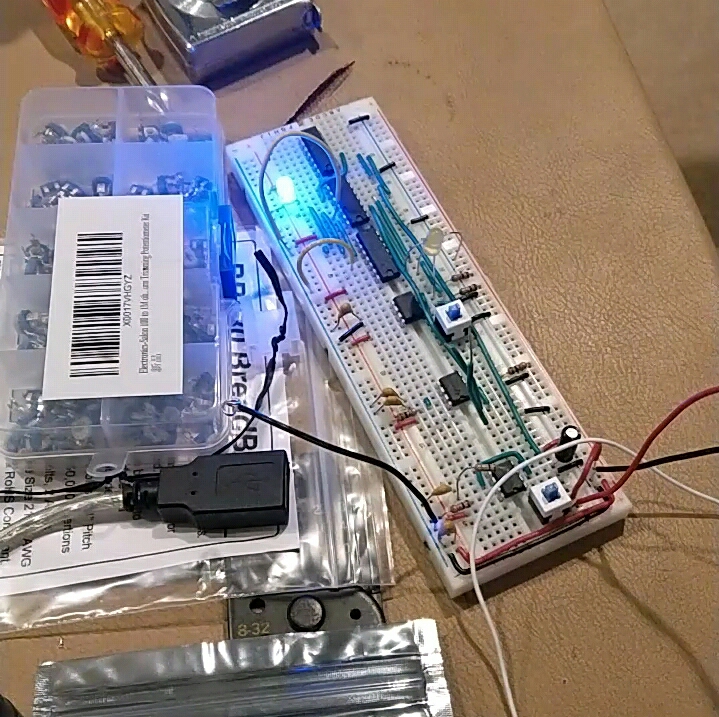Breadboard Computers

While coding is generally something that is seen as entirely electronic, with programing happening entirely on a computer, that isn't necessarily true.
Last year, I watched a YouTube series by Ben Eater. In it he showed how he built a Breadboard Computer. This was a very simple computer with only 16 bytes of RAM and no other storage. It had no CPU and ran at no more than 300Hz.


Because of these limitations, coding for it is quite difficult. It must be programed by directly entering specific numbers into specific memory addresses while the computer is paused.
When you code it correctly you're left with a computer less powerful than a simple calculator, incapable of counting above the number 255. These restrictions intrigued me and led me to come up with improvements to his designs. In order to test these I needed to have something to test it on. As such I began building my own machine.

I haven't finished building it yet but I have so many plans for it. Things like:
- Expanding the memory to a full 256 bytes or beyond using address trickery
- Making an external interface to assist in loading code into memory
- Adding user interfaces to allow for calculator like functionality or possibly more
So while this doesn't fit the general idea of coding I felt this hobby of mine matched the topic of this site.
I do hope to update this page when my computer is complete.